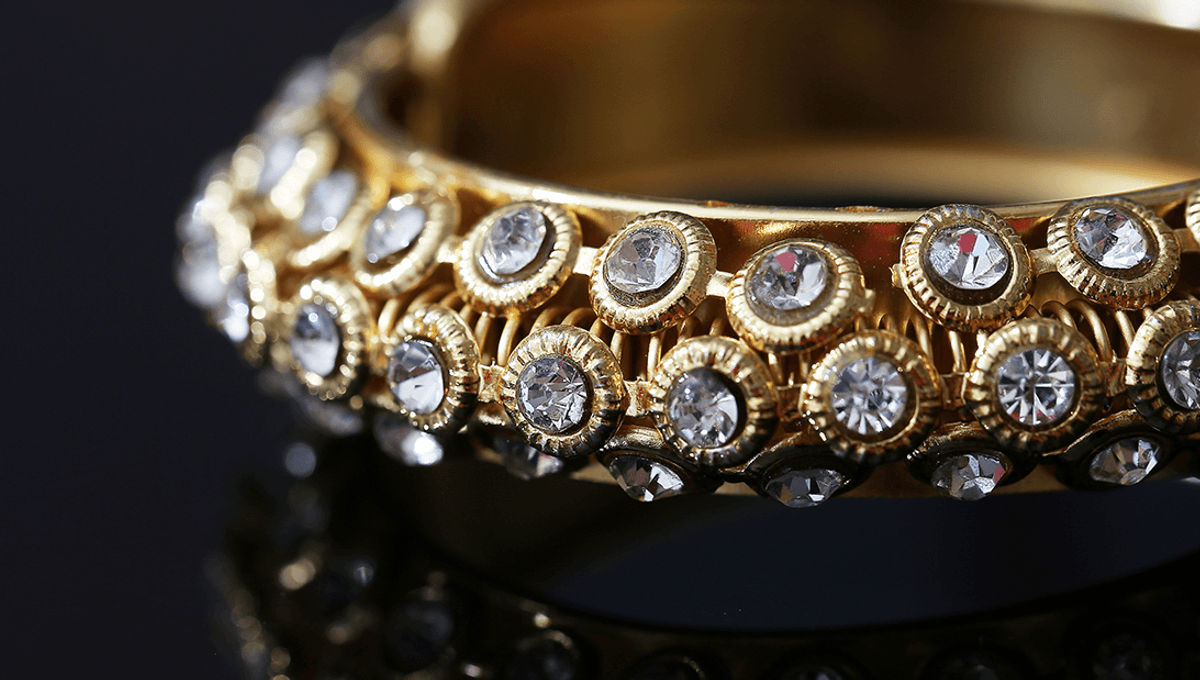
Oh, the confusing world of units of measurement. Whether you’re a die-hard metric system user or prefer to measure things in corgis or ferrets we’re here to break down two of the more shiny, lesser-known units. In the sparkly world of gemstones and precious metals, carats and karats are used to measure different things in terms of weight and purity.
What is a carat?
A carat is a unit of weight for gemstones, not a unit of size. One carat is equal to 200 milligrams or 0.2 grams (0.000440925 pounds). In jewelry, the higher the carat usually the higher the price. Carat is also part of the four “Cs” that jewelers use to determine diamond quality: carat, color, clarity, and cut. Carat when written as a unit is either denoted as Ct or simply C.
The term “carat” is thought to have come from the carob tree (Ceratonia siliqua) when gemstone traders used carob seeds to determine the weight of precious stones. As scales improved they found that a single carob seed consistently weighed 0.2 grams and so the name gradually morphed into the terms carat and karat that are still used today.
What is a karat?
A karat, by contrast, does not measure weight but instead measures purity when used with gold. One whole karat is made of 24 parts. Gold referred to as 24-karat gold is the most valuable as that is pure gold not mixed with any other metals. When used in jewelry, because gold is a very soft metal, it will often be mixed with another metal such as silver or copper.
An 18-karat gold ring will be 18 parts gold, and six parts another metal such as copper. Likewise, 12-karat gold will be half pure gold and half alloy metal. In some places around the world gold with less than 10 karats is not considered gold at all since more than half will be made of a different metal. When establishing what karat the gold is, it is written as the parts K eg. 18K.
The 24 parts refer to ancient Roman times when a siliqua was equal to 1/24th of a golden coin called a solidus.
To make things more confusing using carat in place of karat to indicate the fineness of gold is considered acceptable but substituting them the other way round is incorrect.
How do you pronounce carat versus karat?
Carat for weight, karat for purity, and even carrot, meaning the mostly orange vegetable, are all pronounced the same way. There is even one sneaky extra: the word caret with an ‘e’ is the name for the ^ symbol used to indicate where text should be inserted and has nothing to do with jewelry or vegetables.
Source Link: Carat Vs Karat: What Do They Mean And What Are They Measuring?